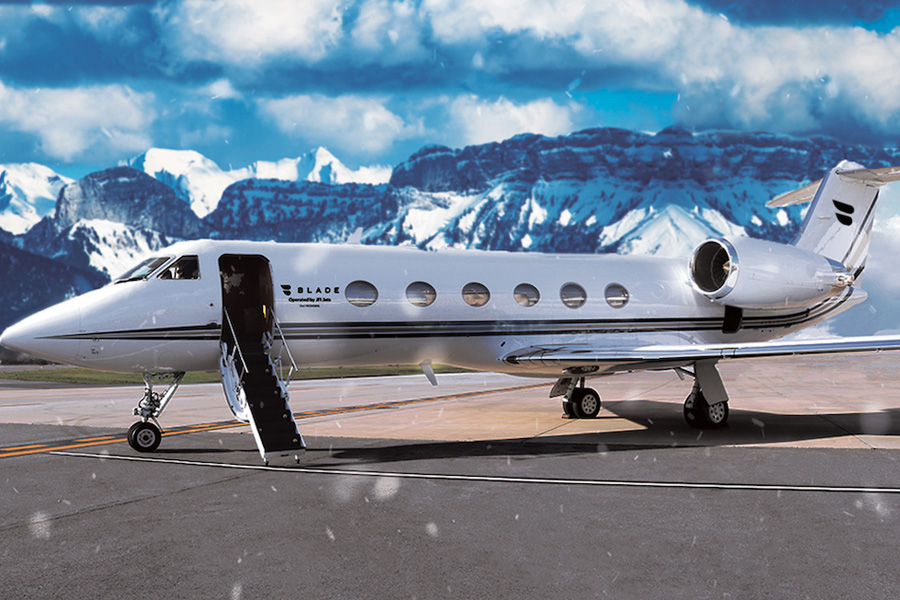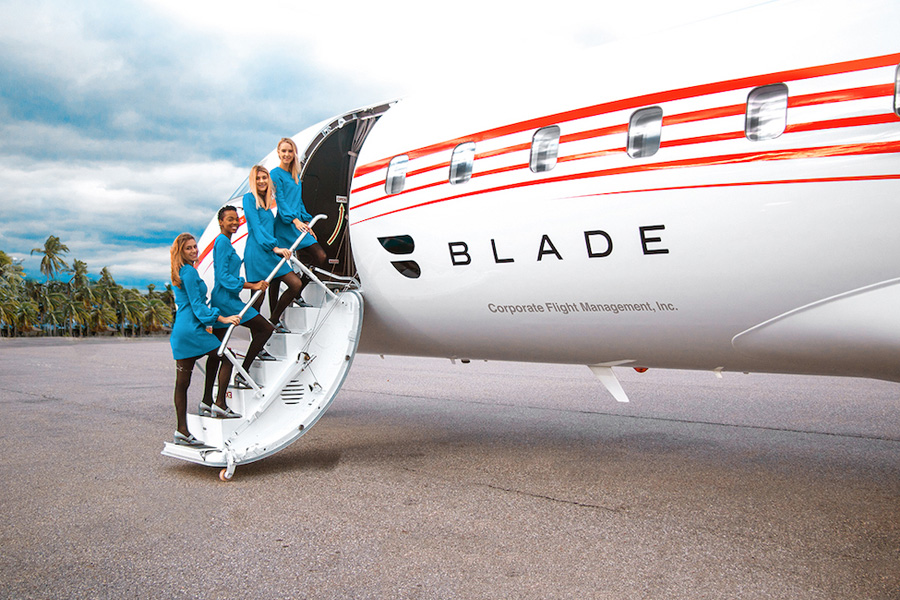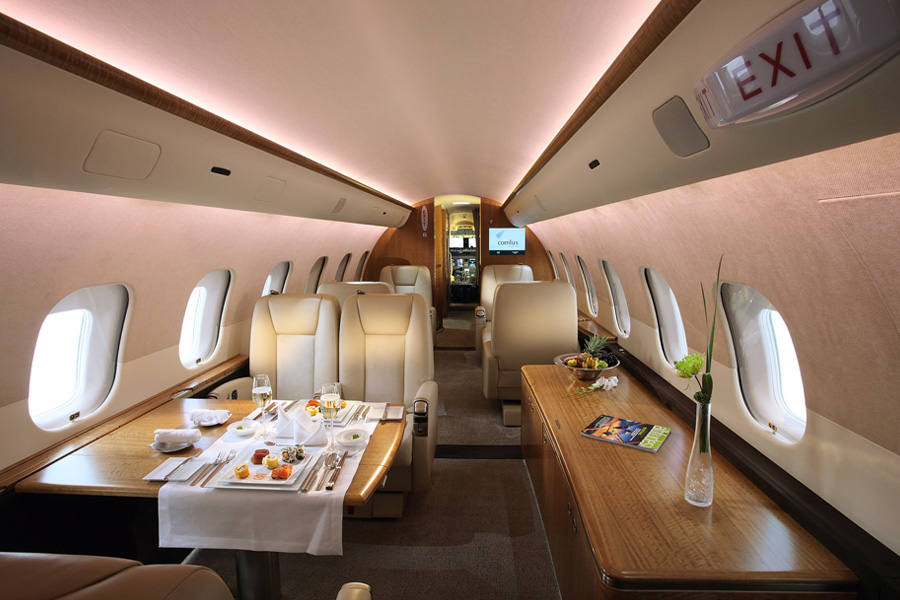Blade’s 60% Jet Charter Surge in Q1 2025 Reflects a Rising Demand Among the Elite
Time is the last true luxury, and for those who dwell in the rarefied air of the ultra-wealthy, every moment is carefully curated. Blade Air Mobility’s astonishing 60% surge in jet charter demand during Q1 2025 is more than a financial milestone; it’s a mirror reflecting the evolving desires of the one percent. Discerning connoisseurs of time and convenience are rewriting the rules of private aviation, and Blade, with its pivot to bespoke charter services, speaks directly to this audience with a language of elevated elegance and undeniable utility.

The Quiet Revolution in Private Aviation
Blade’s Q1 financial performance offers a glimpse of a quiet yet seismic shift. The New York-based private aviation and medical transport brand reported total revenues rising to $54.3 million, up 5.4% year-over-year. However, the crown jewel of this performance is undoubtedly their stunning growth in “Jet & Other Revenues,” which soared to $9.1 million, marking a 59.9% increase over Q1 2024. This climb reflects a broader trend among Ultra High Net Worth Individuals (UHNWI)—a retreat from fractional ownership models toward singular, tailored flight experiences.
For Blade’s affluent clientele, it’s not the aircraft itself that matters; it’s the seamlessness of the offering, the ability to move across continents on a whim, without constraints or compromise. This isn’t just private aviation; it’s freedom, distilled and delivered.
Beyond the Cockpit – Blade’s Strategic Pivot to Luxury Charter
Blade’s decision to exit jet card programs and fixed-route services in favor of premium, high-margin private charters is one of intentional alignment with the demands of the elite. Their operations now reflect a keen understanding of the One Percent’s priorities, which include:
- Uncompromised Privacy: Tailored charters eliminate shared spaces or set schedules, offering travelers the kind of discretion money cannot buy.
- Effortless Flexibility: With routes that adjust seamlessly to personal and professional imperatives, Blade offers a service that feels as fluid as it does reliable.
- Elevated Experience: Every detail—from the ease of booking to the time-saving efficiencies—is designed to delight, ensuring each flight is less about transit and more about the art of travel.

The result? A passenger flight margin jumping to 22.0% from 13.6% in a single year, with overall flight profits increasing by 18.1% to $12.0 million. Blade has proven that turning luxury into a strategy works—not just for clients but also for shareholders.
A Reflection of Timeless Market Trends
The world’s population of Ultra High Net Worth Individuals has now exceeded 395,000 globally, with more individuals drawn to experiences that prioritize health security, bespoke convenience, and ultimate efficiency. Blade’s renewed focus on tailored solutions mirrors this shift in UHNW lifestyle preferences. While the private aviation market is projected to exceed $33.38 billion by 2030, this growth underscores the divergence between legacy transportation models and innovative brands like Blade that strive to elevate personal travel to an art form.
Noteworthy here is Blade’s ability to capitalize on the changing nature of North American and European markets. By maintaining its foothold in high-performing areas while divesting from underperforming regions like Canada, the company has balanced profitability with prestige. Their expansion within Europe further highlights an acute awareness of their clients’ evolving footprints. After all, for UHNWIs, proximity is everything, and Blade positions itself where it matters.
The Growing Appeal of Tailored Jet Charters
What prompts the world’s wealthiest to lean into the bespoke over the predictable? The answer lies in an intrinsic understanding of value beyond price. This demographic no longer desires ownership for ownership’s sake; they crave access without limitations, curation without complication.

By shedding post-pandemic inefficiencies inherent in fractional and by-the-seat aviation models, Blade celebrates a return to pure elegance. Each tailored charter speaks directly to a wider lifestyle shift, where personalization and control define progress. Incentivized not by loyalty programs but by unparalleled convenience, Blade clients see legacy as more intangible, residing in experiences rather than mere possession.
Inspiration for the Aviation Industry’s Future
Blade Air Mobility’s Q1 2025 results showcase strong revenue growth, marking significantly improved profitability across key segments. The passenger segment adjusted EBITDA was profitable, driven by higher flight volumes and margin expansion. Passenger segment revenue, excluding Canada, saw continued growth, while the passenger flight margin increased, highlighting durable competitive positioning.
Medical segment revenue decreased slightly, but medical segment adjusted EBITDA remained strong, reflecting stable contributions from organ placement service offerings. Despite slightly lower flight margins due to increased aircraft maintenance expenses and third-party variable costs, operating cash flow increased versus the prior year, supported by cost and restructuring actions.
Blade reported free cash flow before aircraft acquisitions, demonstrating ongoing company operating performance and effective cost management. Capital expenditures, including capitalized software development costs, aircraft, and engine acquisitions, were well-aligned with previously announced strategic alliances and discretionary strategic investments.

The company’s operational and financial performance underscores its focus on new aircraft acquisitions, electric vertical takeoff and landing (eVTOL) services, and short-distance revenue. Management fees paid, credit card processing fees, and non-discretionary direct costs were offset by durable revenue growth. Non-operating income and income tax benefits, including deferred tax benefits, further enhanced results.
Blade defines flight profit and flight margin as measures of efficiency, with flight costs paid and internal costs incurred excluding capitalized maintenance. Operations partially offset operating lease costs and non-discretionary direct costs, while the company expects continued growth and durable margin expansion.
Blade Air Mobility continues to lead with its innovative approach, combining operational excellence with strategic investments to redefine the future of private jet travel and short-distance aviation.
The Art of Private Mobility
Blade Air Mobility reported strong revenue growth in Q1 2025, driven by its passenger segment and medical revenue streams. Despite a slight decrease in flight margins, the company demonstrated significantly improved profitability, with segment adjusted EBITDA remaining profitable and operating cash flow increasing versus the prior year. Blade also highlighted free cash flow, excluding capital expenditures and aircraft acquisitions, showcasing the ongoing company operating performance.
Passenger flight margin increased, reflecting higher flight volumes and durable competitive positioning. However, medical revenue decreased slightly, impacted by costs primarily related to aircraft maintenance expenses and non-discretionary direct costs. Blade defines flight profit as revenue excluding third-party variable costs and internal costs incurred, demonstrating margin expansion in the passenger segment.
The company’s operational and financial performance was bolstered by deferred tax benefits, short-term investments, and discretionary strategic investments. Additionally, Blade addressed costs such as operating lease costs, credit card processing fees, maintenance costs, and capitalized software development costs. Aircraft and engine acquisitions, as well as capital expenditures, were managed to support continued growth.
Blade Air Mobility continues to position itself as a leader in private jet and medical transport, focusing on first segment adjusted EBITDA and durable strategic alliances. With ongoing cost and restructuring actions, new aircraft launches, and previously announced service offerings like the organ placement service, Blade expects continued growth, particularly in the electric vertical takeoff and landing (eVTOL) space. The chief financial officer emphasized the importance of maintaining strong cash flow before aircraft acquisitions, highlighting operational efficiency and capitalized maintenance costs.
Despite challenges in air revenue and operational costs, Blade remains committed to enhancing its passenger segment revenue and medical segment adjusted EBITDA. As the company invests in aircraft acquisition, excluding Canada, it continues to define flight margin and profit with a focus on long-term success and durable competitive positioning.
LATEST
POPULAR





